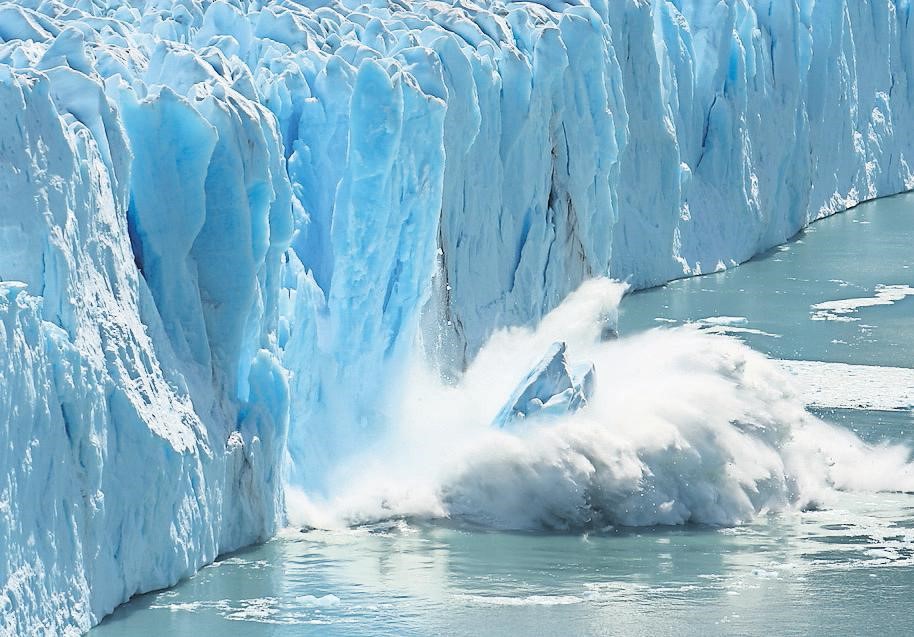Melting Glaciers Cause 2 cm Sea Level Rise This Century
Why in News?
A Nature study (Feb 19, 2024) found that melting glaciers have raised global sea levels by nearly 2 cm this century. This rise accelerates coastal flooding, displaces populations, and threatens ecosystems, highlighting the urgent need for climate action.
Causes of Sea Level Rise:
- Glacial Melting: A study in Nature (Feb 19, 2024) found that melting glaciers have caused a nearly 2 cm sea level rise this century.
- Ice Sheet Loss: Glaciers have lost 273 billion tonnes of ice annually since 2000—30 times the world’s annual water consumption.
- Thermal Expansion: Warmer oceans expand, contributing one-third to half of the sea level rise.
Global & Regional Impact
- Historical Trends: Global sea levels have risen 21–25 cm since 1880. The current rate (0.42 cm/year) is more than double the 1993 rate.
- Regional Variations: The southwestern Indian Ocean sees a faster rise (2.5 mm/year) due to ocean heat and salinity changes.
- Indian Cities at Risk: Mumbai saw a 44.4 cm rise (1987–2021), while Haldia, Visakhapatnam, and Kochi reported rises of 2.73 cm, 2.38 cm, and 2.21 cm, respectively.
Consequences & Future Risks
- Coastal Flooding & Erosion: Rising seas intensify coastal erosion, displacing populations and submerging land (West Bengal lost 99 sq km from 1990–2016).
- Ecosystem Damage: Higher sea levels worsen storm surges, harming mangroves, coral reefs, and freshwater sources.
- Projected Rise: Without emission cuts, global sea levels could rise another 20 cm by 2050, doubling past century rates and increasing flood risks worldwide.




